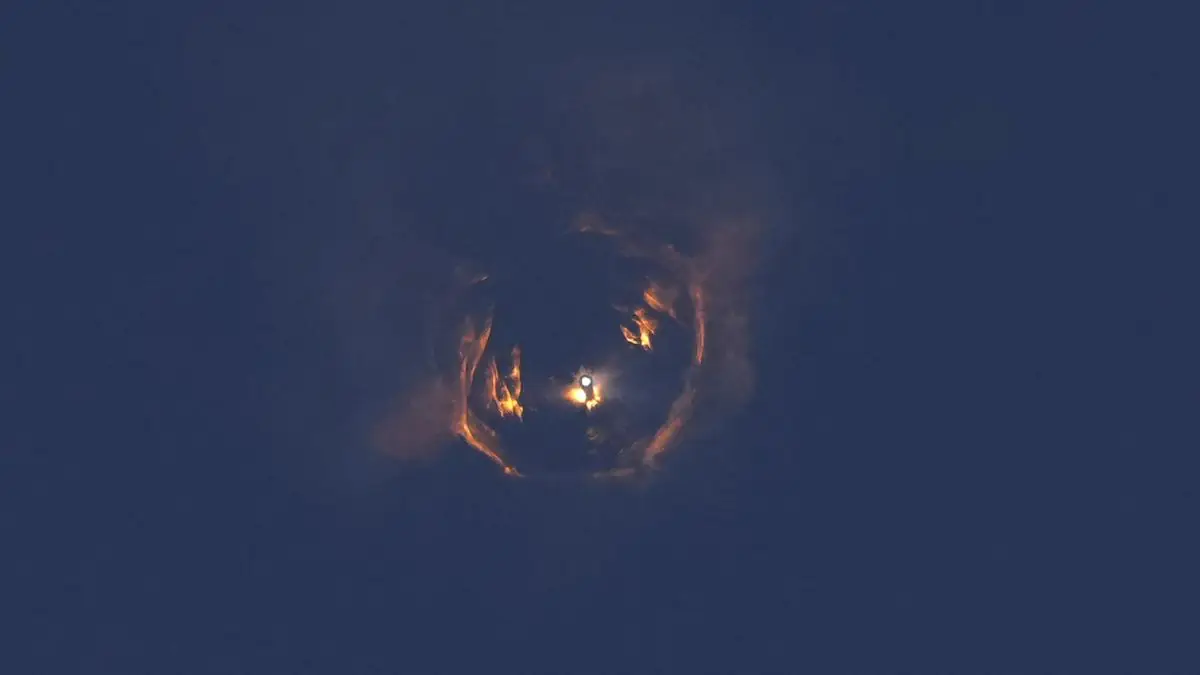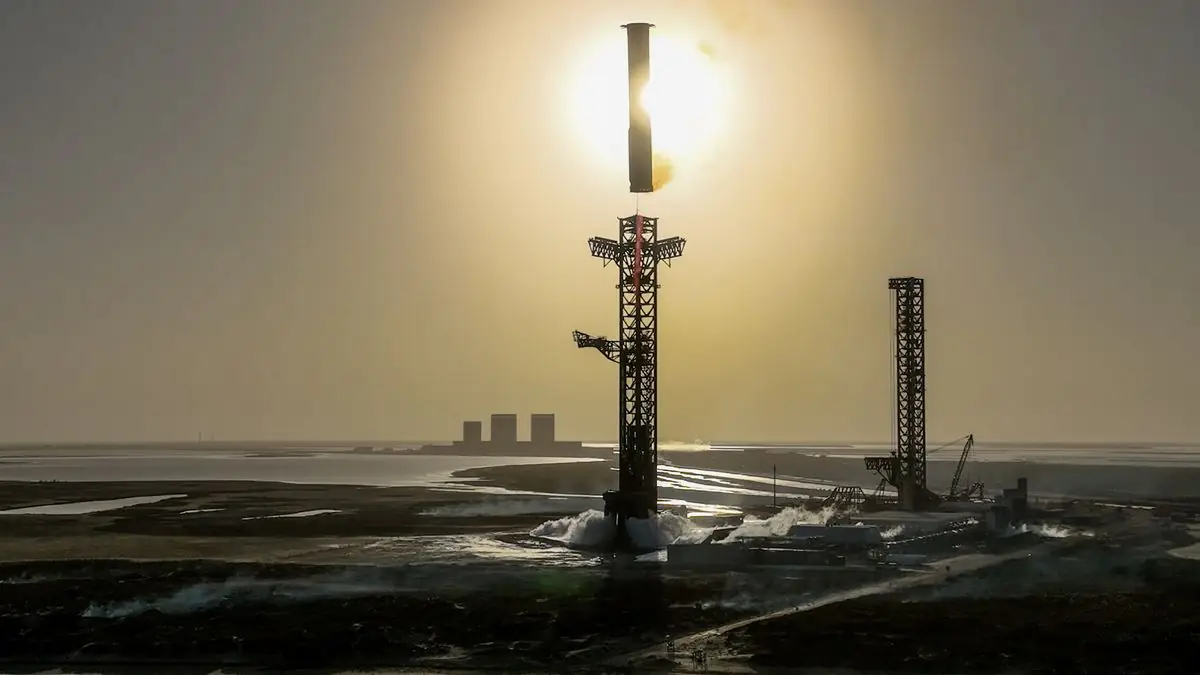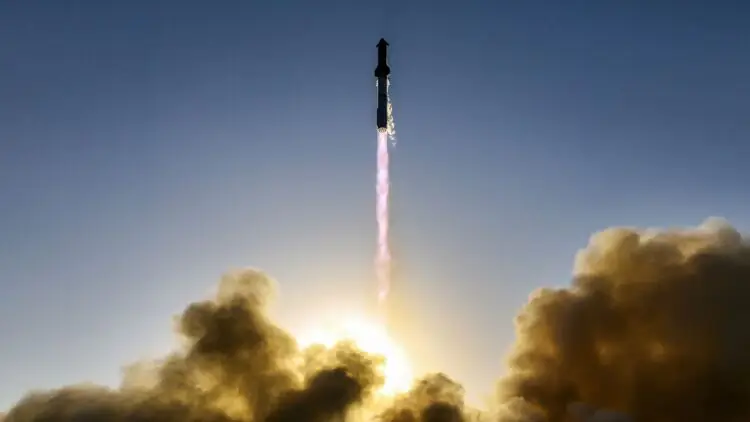SpaceX, the company founded by Elon Musk, has conducted the eighth test flight of its massive Starship rocket, but once again, the mission ended in failure. The world’s largest rocket launched from the Boca Chica spaceport in Texas, but a few minutes after liftoff, the company lost contact with the second stage as it broke apart. This time, debris from the explosion was spotted in the sky over Florida. It was not immediately clear whether the rocket’s self-destruct system had been activated.

Using massive mechanical arms, SpaceX successfully caught the rocket’s first stage on the launch pad. However, as the spacecraft headed east, its engines began shutting down. Contact was lost less than 10 minutes into the flight. The rocket reached an altitude of approximately 150 km before the failure occurred. The test also included deploying four mock Starlink satellites, which were intended to re-enter the atmosphere after a brief stay in space. However, this part of the mission also failed.
This flight mirrored the outcome of the previous test in January, when the rocket also exploded. Representatives from the U.S. Federal Aviation Administration (FAA) stated that SpaceX would be required to investigate the failure. “Unfortunately, this happened last time as well, so we have some experience dealing with it,” said SpaceX flight commentator Dan Huot from the launch site.
Later, SpaceX confirmed that Starship experienced a “rapid unscheduled disassembly” during engine ignition. Despite the failure, the Super Heavy booster successfully returned to the launch pad after separating from the upper stage. The plan was for Starship to return as well, with modifications made to its flaps, hardware, and fuel system to improve recovery. However, the loss of communication and subsequent explosion once again highlighted the challenges the company faces.
During the previous test flight, SpaceX had also managed to recover the booster, but the upper stage exploded minutes later over the Atlantic. An investigation determined that a fuel leak was the cause, triggering a series of fires that shut down the rocket’s engines and activated the onboard self-destruct system. Following the incident, SpaceX implemented several improvements, and the FAA granted approval for another launch attempt.

Elon Musk aims to make Starship a fully reusable spacecraft, which could significantly reduce the cost of space missions. So far, all test flights have been uncrewed, but SpaceX plans to use Starship for transporting both cargo and passengers in the future. The success of the Starship program is also crucial for NASA, as the space agency has selected the rocket for its Artemis program, which will land astronauts on the Moon.
Source: phys









